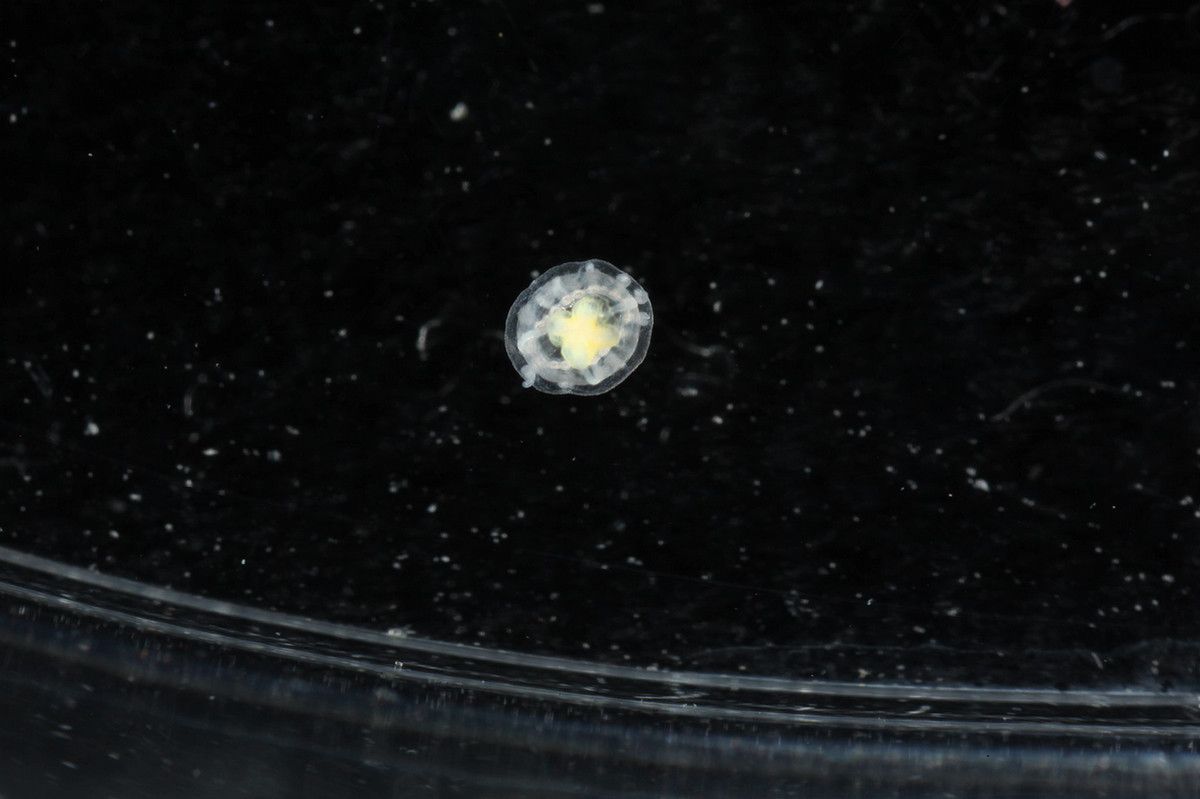Aging is the accumulation of damage to the cellular mechanisms of life over time. Scientists once thought that aging and death were the inevitable fate of all complex living things. But then, by accident, they discovered they were wrong.
Back in the nineteen eighties two students were raising jellyfish. The tiny jellyfish, less than a quarter of an inch long, were members of a species called Turritoppsis dohrnii. Jellyfish aren’t actually fish. They are simple aquatic animals with no backbone. The larval stage of a jellyfish, called a polyp, is a stalk attached to the sea floor. It grows up into a medusa, a free swimming cup shaped creature, with multiple tentacle arms trailing from its cup. After reproducing, the medusas of most jellyfish, like other animals, get old and die. But the students discovered that Turritoppsis was different.
After reproducing, the medusa reverts from an adult back into a polyp and repeats its life cycle over again. To their amazement, researchers found that Turritoppsis can apparently keep doing this indefinitely, without ever getting old.
Scientists want to know the secret of how Turritoppsis avoids aging. In twenty twenty two, two teams of geneticists published their findings on the genome of this animal, which they compared to that of a related species of ordinary mortal jellyfish. They found differences in key genes associated with things like DNA repair, and the maintenance of the ends of chromosomes, called telomeres. Telomeres are known to shorten with age. The researchers want to understand the cellular mechanisms involved in the jellyfish’s rejuvenation. They hope this understanding will eventually provide guidance in finding ways for humans to live longer and healthier lives.










